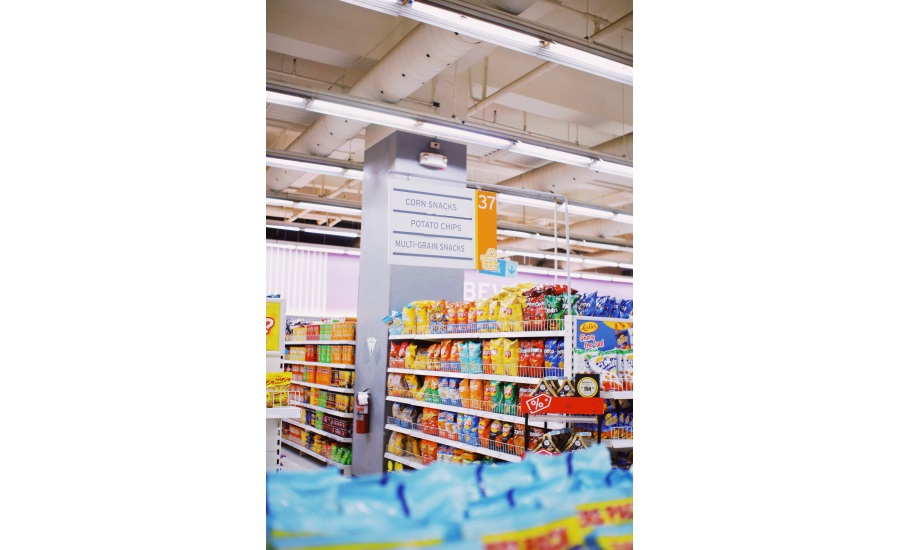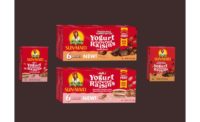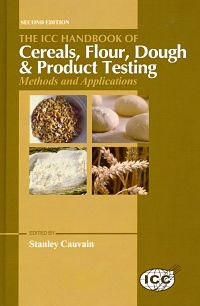Creating the next successful snack with ideas testing
Today’s snack startup could be tomorrow’s leader.

courtesy of: System1
By: Lisa Buckler, senior vice president of growth and partnerships, System1
Sweet and salty; baked, fried and popped; fresh and frozen—there are many different snack options from which shoppers can choose. And while the snack aisles are largely dominated by a few key players, it doesn’t stop newcomers from bringing exciting innovations to the forefront. Today’s startup could be tomorrow’s leader—just look at KIND. Founded in 2004, the company earned $1 million in sales in its first year and now brings in about $1.5 billion annually.
So, how can snack companies create the next winning product? And how can they successfully innovate again and again? Ideas testing rooted in behavioral science is an essential component of the product development and marketing processes.
A push to eat up market share
From Ruffles Spicy Dill Pickle and Doritos Blazin’ Buffalo and Ranch chips to Cheetos popcorn to Snyder's of Hanover Pretzel Pieces, snack brands are no strangers to rolling out new flavors and pushing into additional snack categories. Frito Lay’s infamous “Do Us a Flavor” campaign even crowdsourced new chip concepts, a brilliant approach for getting consumers excited about upcoming launches.
In addition to focusing on innovation, companies also rely on mergers and acquisitions to gobble up already successful snack brands. It’s a move that both Campbell Soup Company and The Hershey Company made in recent years when the brands purchased Snyder’s-Lance and Amplify Snack Brands respectively. The deal with Amplify, the maker of SkinnyPop, was worth $1.6 billion. So, it’s not only snack brands that want to take a bite out of the market. Companies that don’t yet have a foothold in the category want in as well.
There are many reasons why snacks are a key area of focus. Consumers love their convenience and deliciousness, resulting in a global market that brings in hundreds of billions of dollars in revenue per year. Even capturing a small segment of this can drive immense growth. There’s also evidence snacks could be recession proof. A 2022 survey from 84.51°, a retail insights company, found that 52% of shoppers say they’ve noticed price increases in snacks and candy. Yet sales have increased 9% to date 2022 compared to 2021 across numerous snack categories. Snacking is here to stay, as these products are viewed as a comfort food, especially during challenging times.
But, back to innovation. There’s profitability in novelty if it can gain a following. These days, brands are continually trying to one up each other to create the next must-have snack, and if they’re lucky, a viral TikTok sensation. This begs the question – what’s the best strategy for snack innovation?
Tips for testing tasty creations
There are many approaches to product testing. Focus groups comprising taste tests and questions about packaging and branding capture the opinions of small groups. Sales and social media buzz for limited-time or regional launches can suggest whether a product should become a permanent part of a brand’s lineup. And ideas testing provides early-stage feedback from a representative sample to predict which concepts are likely to gain a foothold in the market.
If a brand wants to uncover if its snack has sales potential, testing that is based on “wisdom of the crowd” methodology offers the clearest insight. Surveying about 500 people enables the results to be applied to the general public. Plus, crowds are better at predicting success compared to smaller groups of people. This is because they don’t have a vested interest in the innovation like an internal team of product developers would.
To secure the most accurate predictions, it’s important for testing to inquire whether respondents would invest in the idea, not whether they would purchase the snack. Therefore, brands should ask participants if they would probably buy or sell shares in the idea and record their decision-making speed to analyze predicted acceptance.
Additionally, asking respondents how the proposed snack makes them feel is key. Emotions feed into profit potential, as the happier a snack makes someone feel, the more likely they are to select it over a competitor. Measuring emotions and having respondents explain why they feel a certain way about a snack can reveal valuable information and recommendations related to things like flavor combinations, packaging and pricing. This can further guide both product development and marketing teams in their quest to create the next sought-after snack.
Unpacking snacks' predicted success
There is certainly increasing competition among established and emerging snack brands. In grocery stores, convenience stores and wholesale clubs, there’s limited space in the snack aisles. Once a product manages to snag room on the shelf, it needs to grab consumers’ attention quickly and repeatedly.
How can brands increase the probability of success? Ideas testing is one approach that enables companies to better predict the profit potential of their snack products in a crowded market where everything from flavor and ingredients to packaging to reputation makes an impact on buyers. Perhaps a brand has the next star snack on its hands—ideas testing can confirm it and even help to further improve it.
Lisa Buckler is senior vice president of growth and partnerships for System1, a marketing decision-making platform that helps predict and improve the commercial impact of ads and innovation. Contact her at lisa.buckler@system1group.com and access System1’s Test Your Idea platform at https://system1group.com/test-your-idea.
Looking for a reprint of this article?
From high-res PDFs to custom plaques, order your copy today!






